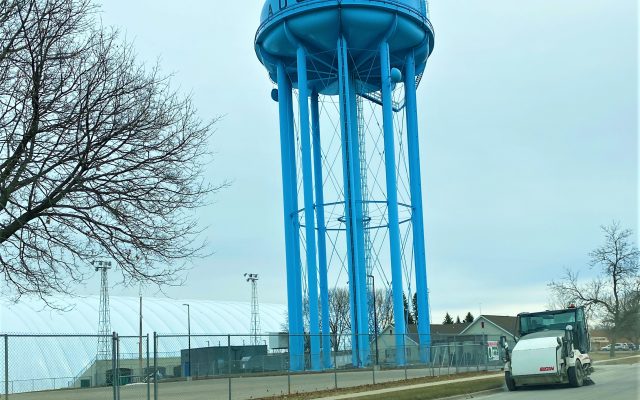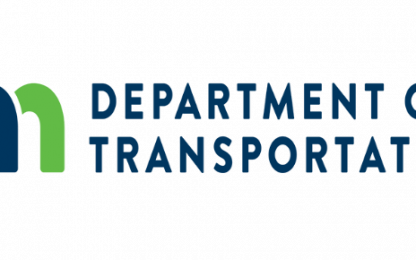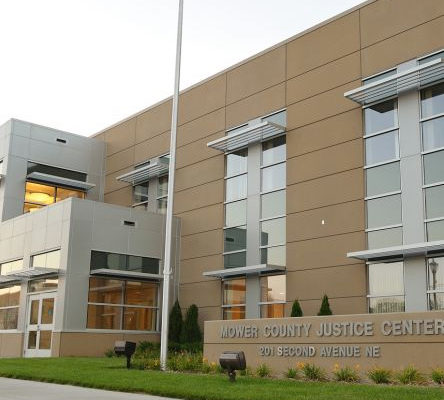City of Austin increases spring street sweeping

City street sweepers are driving Austin’s roadways for longer stretches of the day this spring under a new initiative to clear sand and salt in half the amount of time.

Starting this week, the City of Austin’s Public Works department is operating double shifts (4 a.m. to noon and noon to 8 p.m.) on weekdays with its two street sweepers and other crews that assist the sweepers as part of a three-week initiative to clean the sides of Austin’s 150 miles of roadways.
Street sweeping – which the city does throughout the warmer months of the year but more intensely after snowmelt – helps prevent material, such as sand, salt and debris, from being washed into storm sewers that drain into local watersways, including the Cedar River State Water Trail. This material in the street can hold chemicals, bacteria and other pollutants.
Making this extra effort right after snowmelt helps the city remove the year’s largest buildup of sand, salt and other material from the roads.
Austin has 2,371 storm drains that take in stormwater and snowmelt from roadways and then transport it through 77 miles of stormwater piping. The stormwater then empties out of 206 outfalls or outlets along streambanks into the Cedar River, Dobbins Creek, Turtle Creek and other streams.
Removing the sand and salt material keeps it from begin swept into the stormwater system when it rains. This helps lower the amount of bacteria, chemicals, chloride from deicing salt and other pollutants from entering local waterways.
Cedar River Watershed District based in Austin greatly appreciates the city’s extra efforts to protect and improve water quality in the local streams and waterbodies, CRWD administrator Justin Hanson said.
During the winter, the City of Austin addresses slippery roads by using a mix of 90 percent sand and 10 percent salt, Lang said. This is better for the environment and more feasible than using a higher amount of salt, he added.
Excessive salt harms wildlife and human health, and salt is difficult to remove from waterways. In recent years, various government agencies across the state have sought more efficient ways of using salt on roads and sidewalks.
Only one teaspoon of salt can permanently pollute five gallons of water, according to the Minnesota Pollution Control Agency. Once in the water, there is no easy way to remove chloride. Data shows chloride levels continue to increase in surface and groundwater across the state.
What is removed from Austin’s roadways once the snow and ice are gone is taken to an area landfill for use as a daily cover material, Lang said.
The City of Austin implements other best-management practices, also known as BMPs, to reduce the effects of stormwater on local streams and help keep sediments and pollutants from entering waterways.
Austin’s Public Works department also has an Adopt-A-Drain program it launched in 2019 to get citizens to “adopt” specific storm drains in the community to keep cleared of litter and debris. Volunteers pick a storm drain on a city map and fill out an Adopt-A-Drain application; then they are expected to routinely sweep their storm drain to keep it clear of leaves and other debris.
Adopt-A-Drain volunteers should keep track of the total debris collection from the drain to provide a report to the city. Those interested in adopting a city storm drain can view options on the city’s website at:
gis.ci.austin.mn.us/portal/apps/sites/#/city-of-austin-public-hub
For the past decade, CRWD also has coordinated a local Adopt-A-River program for the Cedar River and local creeks. CRWD seeks volunteers to adopt stretches of the waterways to clean at least once a year of litter and debris that includes items carried to streams by the stormwater drains. Volunteers can help clear trash from the water or just along the shoreline.
Anyone interested in adopting a stretch of waterway or just being alerted when there are community cleanups should contact CRWD outreach coordinator Tim Ruzek at 507-434-2603, ext. 5, or [email protected].







